Although Persona games preserve a certain structure for combat and RPG progression, they all look different mechanically. Persona 5 did that to a major extent. The Baton Pass mechanic, which allows characters to give their turn to an ally after knocking down an enemy, was a new idea in Persona 5, allowing for much more tactical depth. Persona 5 also included a significantly wider variety of damage types than its predecessor in Persona 4, meaning players had more information to keep track of in the grand scheme of combat. These Persona 5 features are excellent, but one wonders how much of an impact they'll have on Persona 6.
Overall, it would be ideal if combat in Persona 6 looked very similar to Persona 5, at least in the damage department. Damage types have always been important to Persona's combat, but they have repercussions well beyond individual battles; they can affect the way that players approach quite a few facets of the game. Atlus may be tempted to slim down the list of damage types like it has done before, but it should resist that urge. Persona 5's expanded list of damage types ought to be emulated in Persona 6 in order to encourage more diverse strategies.
Persona's Changing Damage Types
The number of damage types available in the Persona series has fluctuated significantly in recent years. Persona 3 featured about the same number of types as Persona 5, although they functioned very differently. Physical attacks were split up into Slash, Strike, and Pierce damage, and while Persona 3 featured Light and Darkness as damage types, they only appeared as part of instant kill spells. On top of that, Fire, Ice, Wind, Electricity, and Almighty appeared. Persona 4 was very similar, except it combined Slash, Strike, and Pierce into a single Physical damage type. Because of this simplification, Persona 4 has only a handful of damage types that enemies and players can interact with.
Persona 4's simpler damage list may have been meant to imitate Shin Megami Tensei's approach to damage types. The Shin Megami Tensei series has a habit of fluctuating between having a huge variety of types and simplifying significantly. 2021's Shin Megami Tensei 5 is a good example of the latter; like Persona 4, it only features 8 damage types. That simplicity allows Atlus to create some difficulty in other areas of combat, but it also significantly reduces the number of ways players can interact with their opponents.
Persona 5's high number of damage types and skills within those types give players a lot of different ways to battle. Persona 5 added a Gun damage type that was separate from Physical damage, reintroduced the Nuclear and Psychokinesis damage types found in other Megami Tensei games, and added Bless and Curse damage skills alongside insta-kill moves. Thanks to this broader roster of damage types, combat encounters felt less repetitive as players experimented with different damage types while working around a wider variety of incoming attacks themselves. That mixture of interaction shows why Persona 5's number of damage types should stay.
How Damage Types Affect Persona
The number of damage types present in a Persona game has a major effect on the player's sense of strategy. For instance, fusing Personas in the Velvet Room, as well as collecting them in dungeons, is far more important when there's more damage types. Skilled Persona 4 players can comfortably progress through the game while only using four or five Personas at a time, as long as they optimize the damage skills that each Persona possesses. When players need to be equipped with more damage types, they have more reason to keep fusing Personas and picking up new ones in battle. More damage types means more overall Persona upkeep, which in turn makes the Velvet Room's upkeep mechanics more valuable.
Persona damage types also affect the player's party significantly. When there are less damage types to go around, the protagonists feel far less distinct from one another. Each of Persona 5's Phantom Thieves has a bespoke magical damage type, which helps give them a certain mechanical niche to fill. In contrast, Persona 4 repeats some damage types, both for damage spells and weaknesses, which makes the party members feel less unique and encourages players to focus on one party member over another. Rather than enabling that, Persona 6 ought to have a lot of damage types, since it'll encourage players to bring in different party members to deal with different enemies.
Aside from the mechanical benefits, having more damage types is good for Persona 6's aesthetic. When there are only a few magical damage types, some of which are rare, spell effects can get a little repetitive with time as players get pelted with fire, ice, and lightning over and over again. When there are more damage types, there's a better sense of visual variety in combat, meaning the game is more exciting to look at. Aesthetic is extremely important in Persona games, so Atlus has good cause to diversify damage for its looks.
How Persona 6 Could Handle Damage
Since each major Persona game tweaks its list of damage types, it seems unlikely that Persona 6's roster will be the same as that of Persona 5. Still, Atlus could keep the variety high. For instance, Persona 6 may not have an in-game justification for its protagonists wielding guns, but while it drops Gun damage, it could reintroduce the Strike, Slash, and Pierce categories that stem from Persona 3. It could even plumb the depths of Megami Tensei history for unique magical damage types to include. There's a lot of potential there, whether it replaces some of Persona 5's magic types or simply builds on them.
Combat is one of the most important areas in which Persona 6 can innovate, since it's part of the core Persona gameplay loop. Whether it replaces fundamental features like damage types or introduces surprising new mechanics like Persona 5's Baton Pass, Persona 6 needs to do something special with its combat if it wants to compete with Persona 5's huge success. Adding new damage types or changing old ones would be a simple but effective way to upgrade Persona 6's combat while positively impacting quite a few other facets of the game.
Persona 6 is in development.

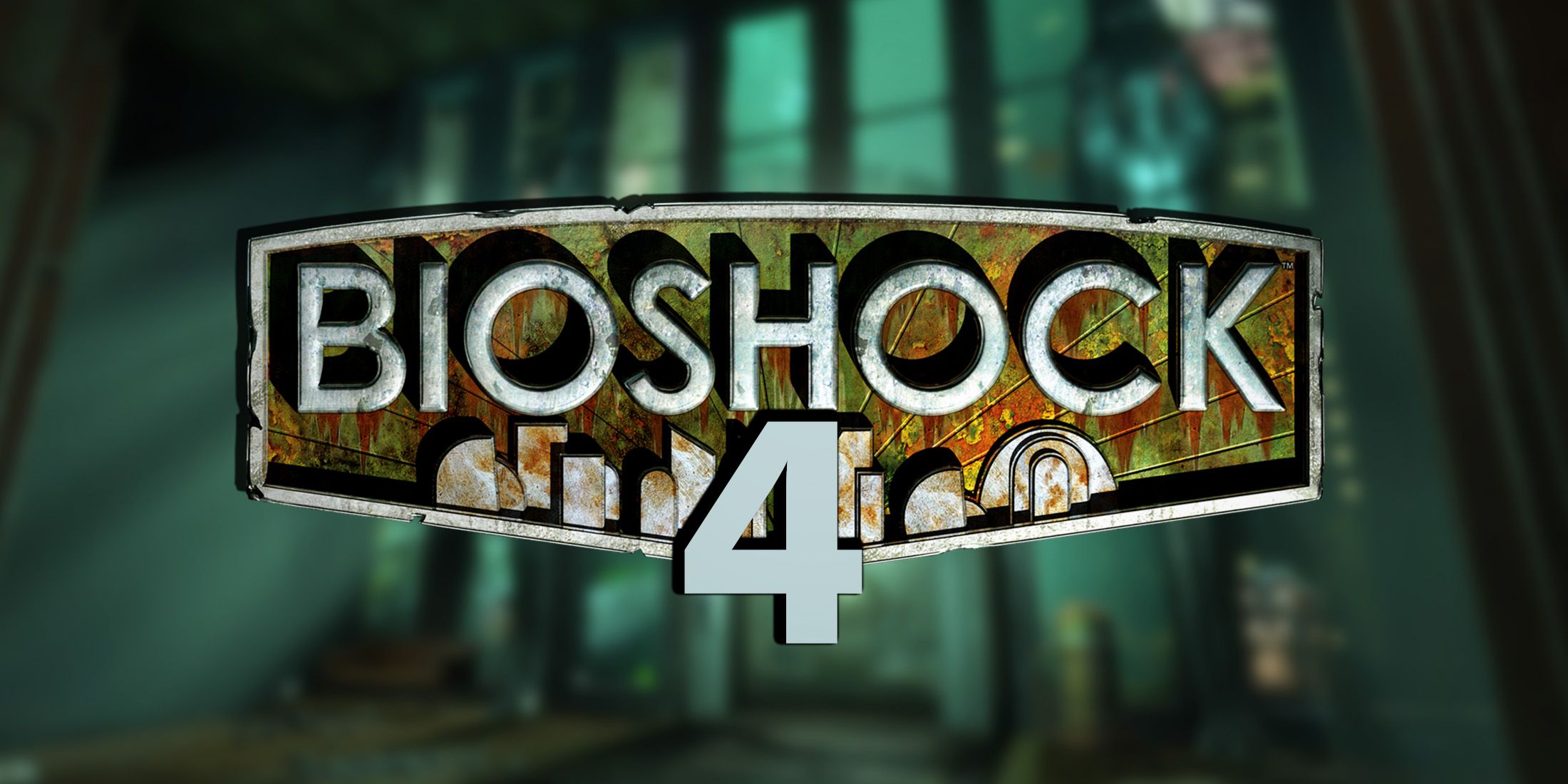
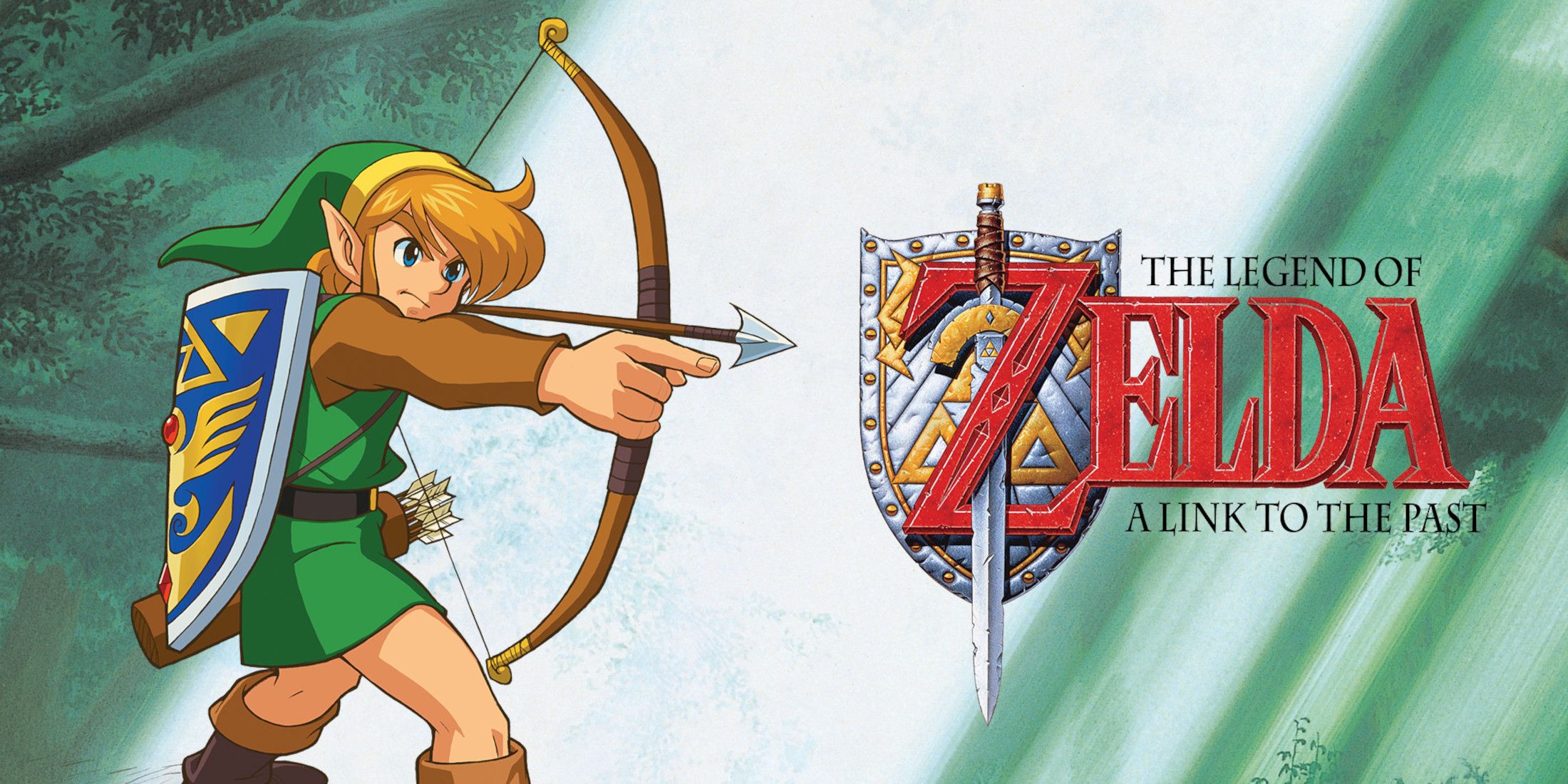
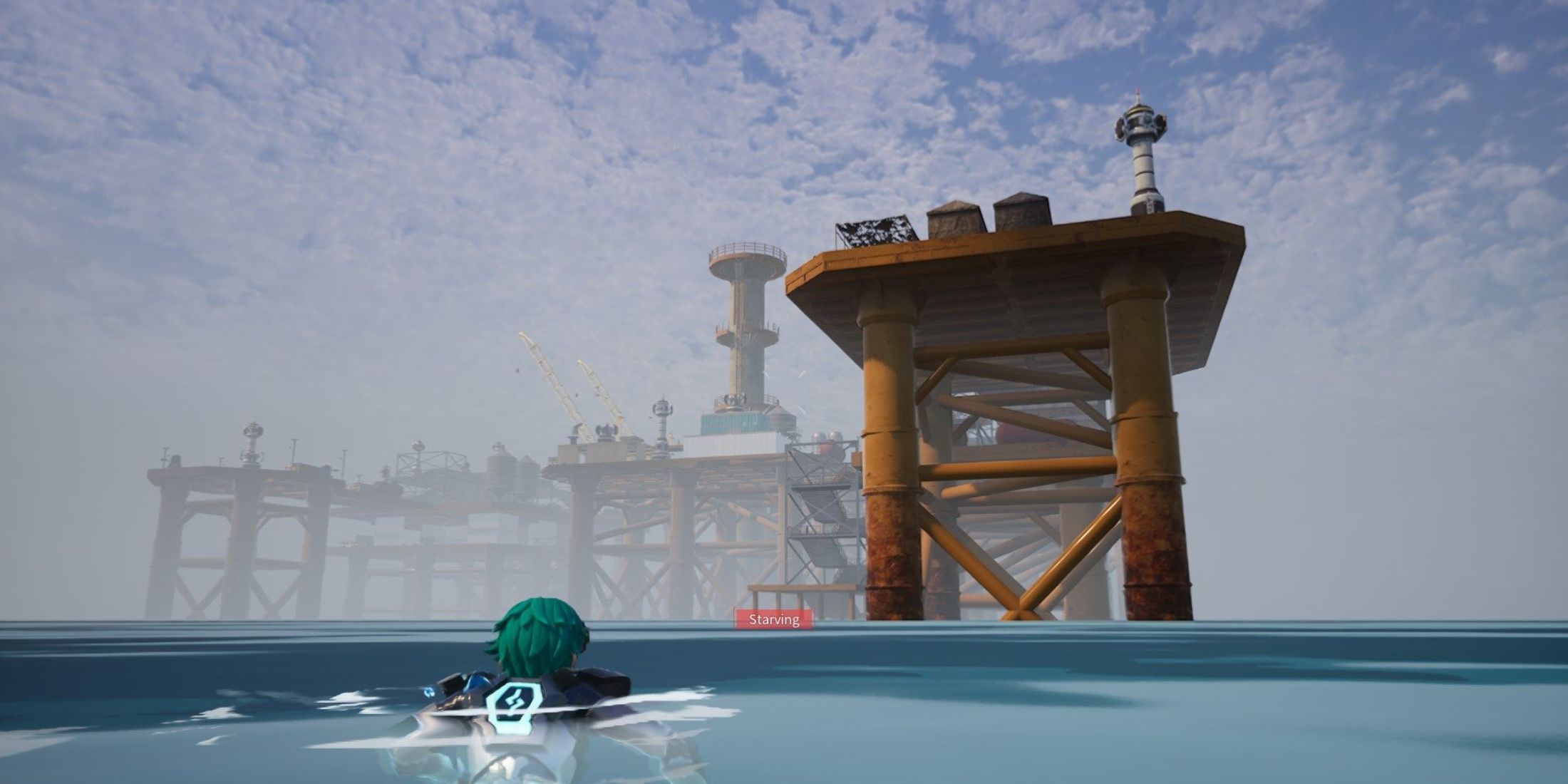
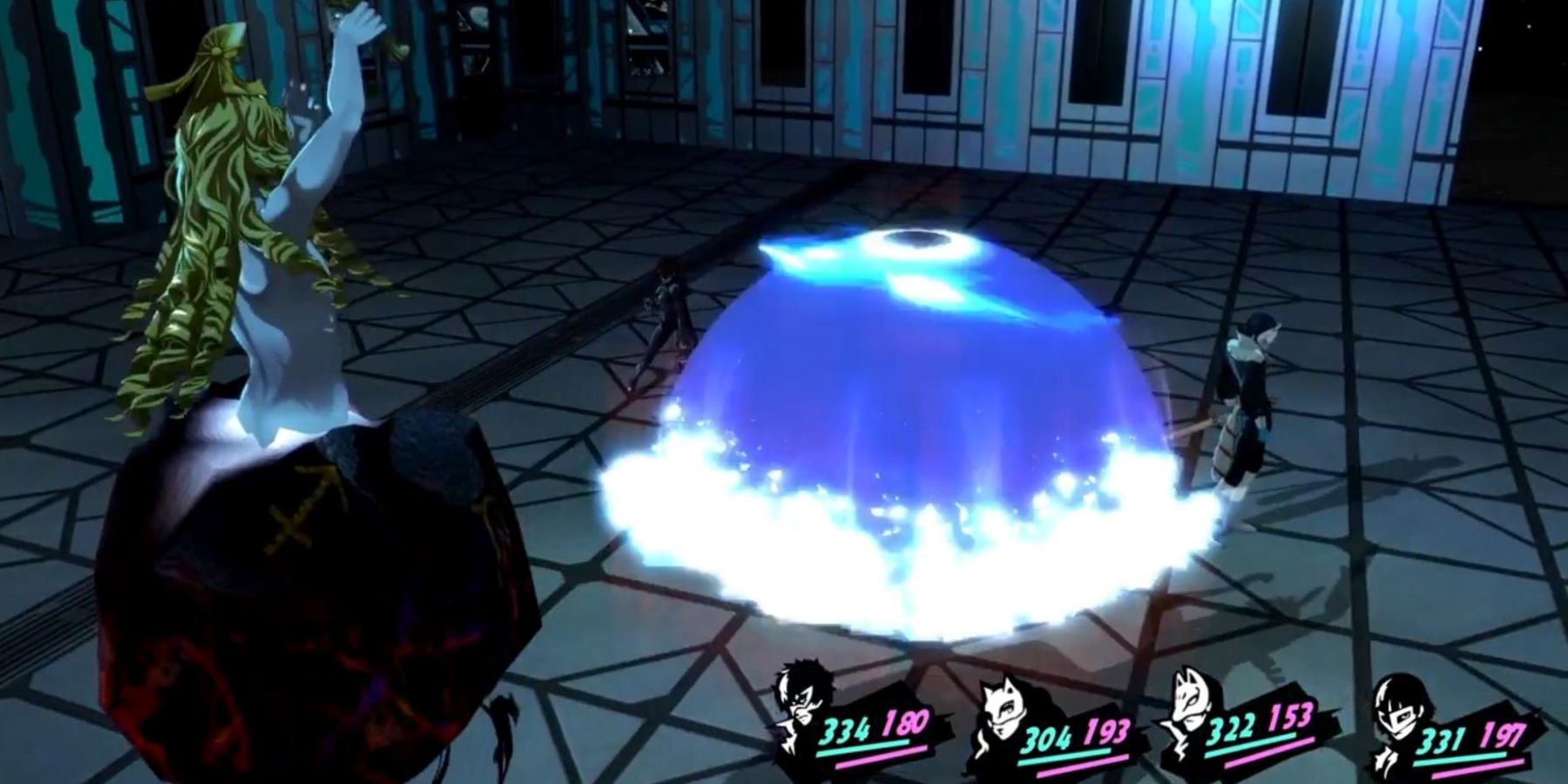
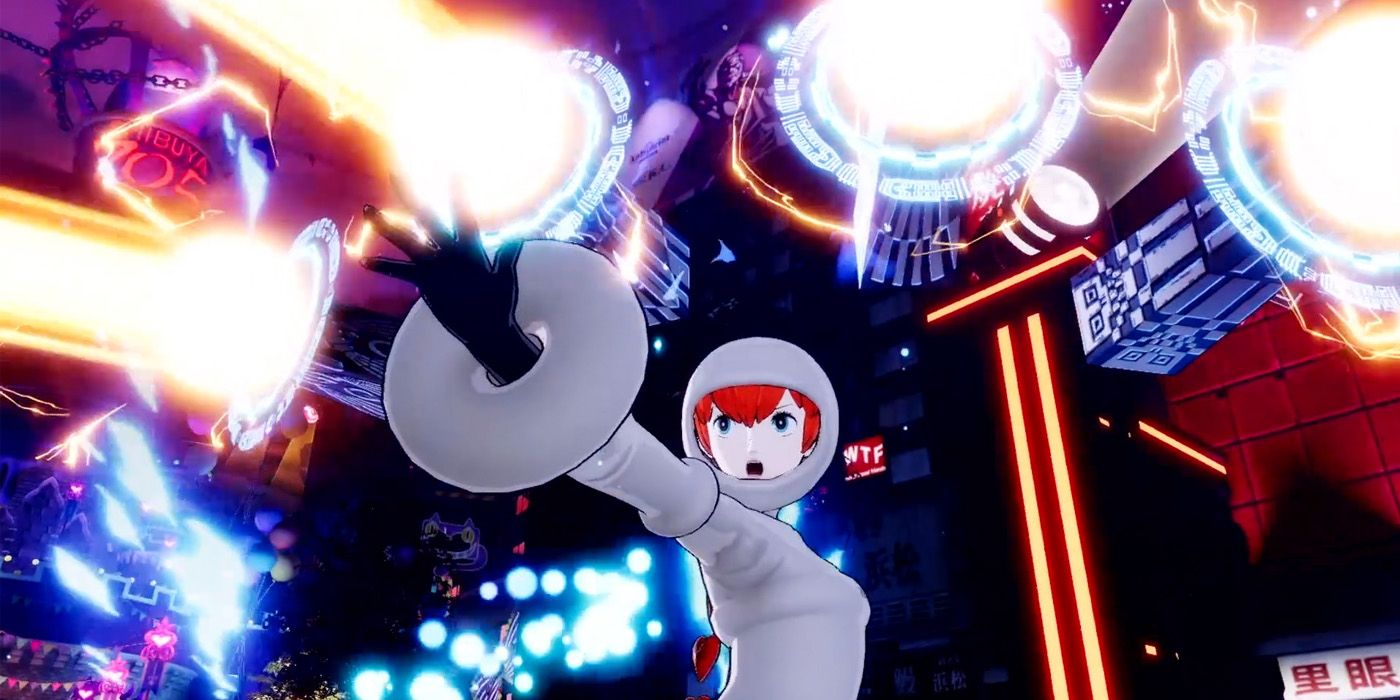
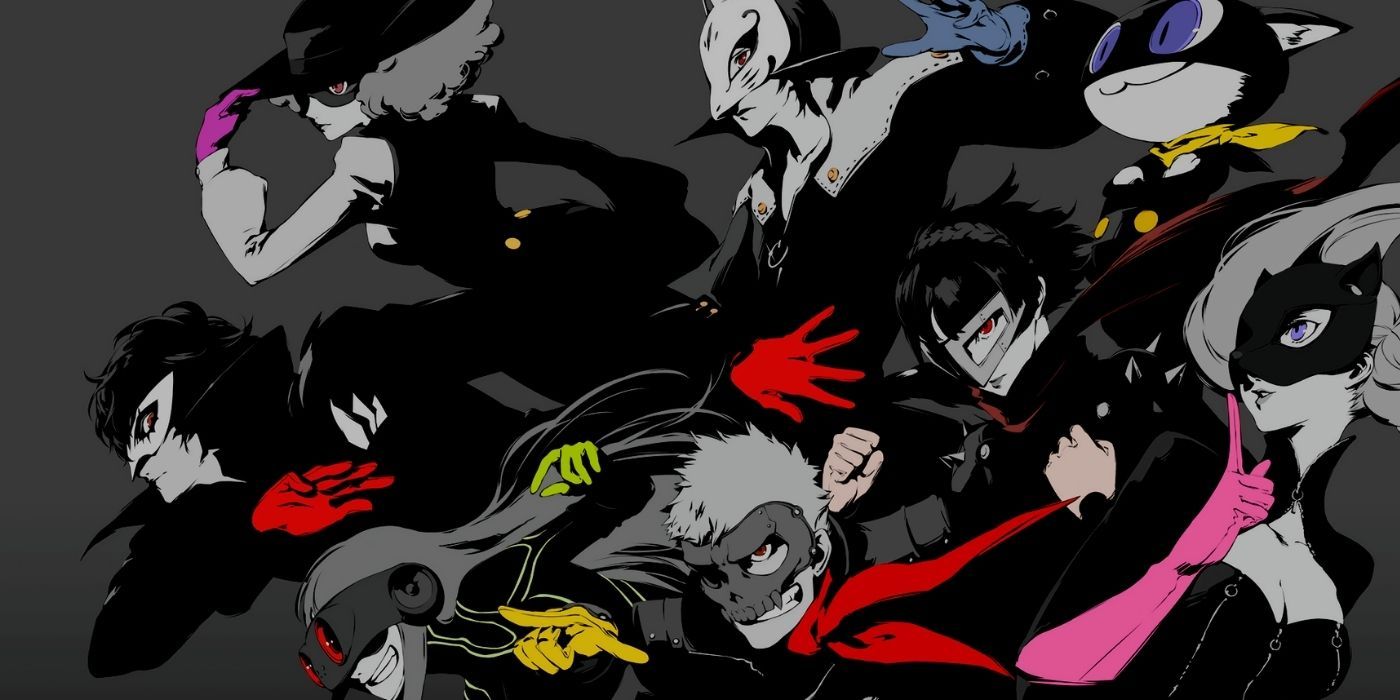
.jpg)